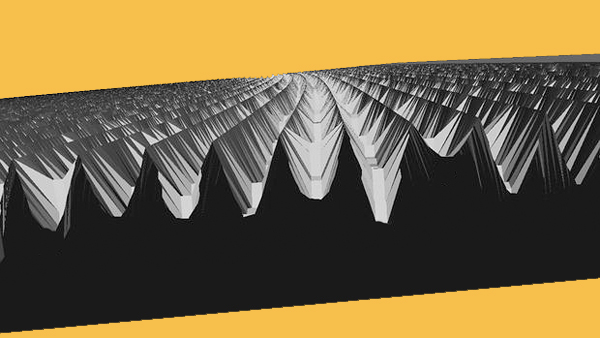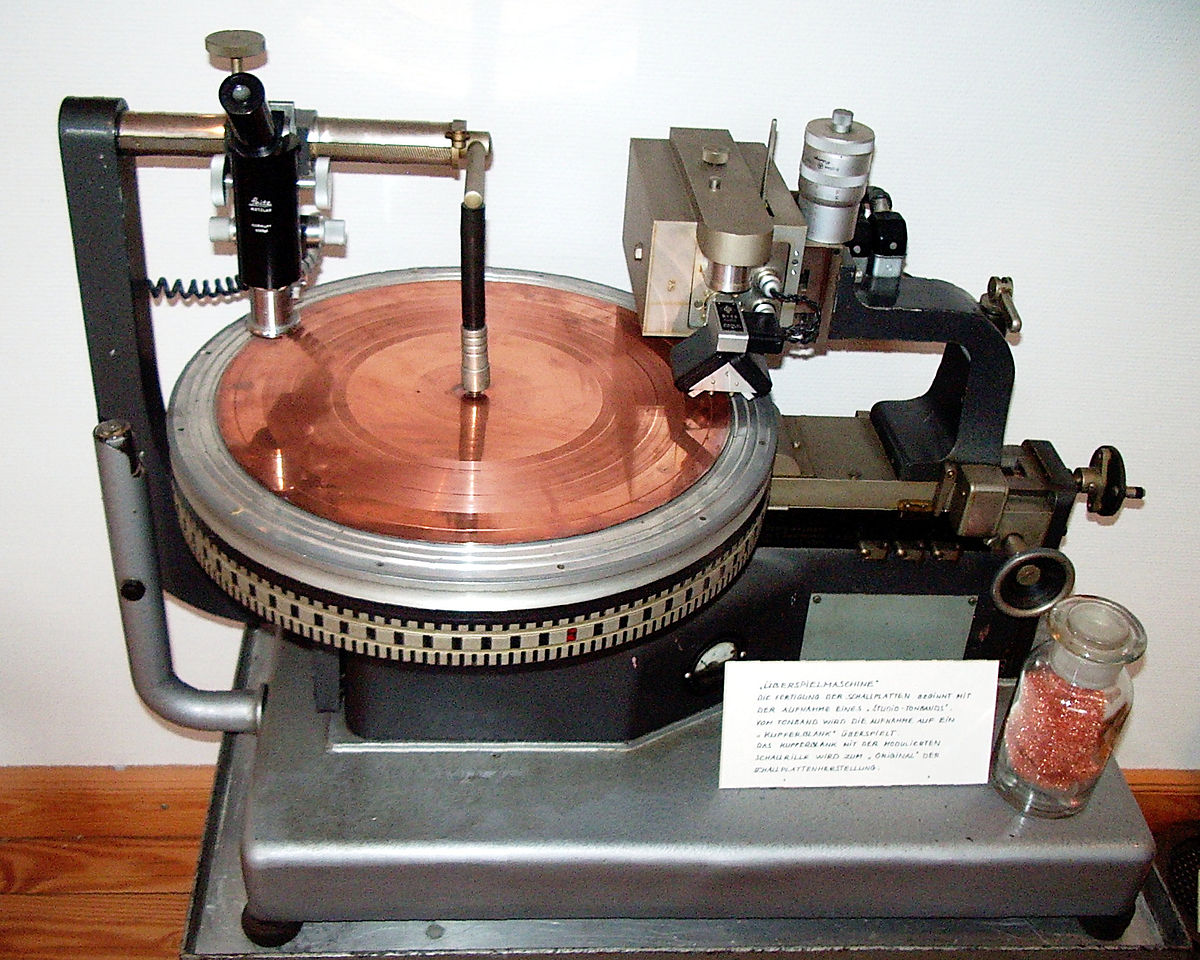Master Vinyl Explained

Vinyl was still no.
Master vinyl explained. What is lvp flooring. Steam from the press. Again all these variations are outside the scope of. All types of cricut vinyl explained.
The 1 part is the important part because we can see what master this vinyl was pressed from 1 being the earliest possible for this particular album pressing. Cd and cassette masters. It wasn t until the mid 80s that we starting mastering for cd. Audio cd r is limited to 16 bit 44 1k sample rate and is generally not a good way to submit transfer or store a master.
Repress reissue and remaster explained i ve heard a few stories of people walking into local record stores with sealed reissues of rare albums under the impression the item was an original and worth big money. The metal master is then used to create a metal record also called the mother which is then used to form the stamper. Only use an audio cd r for vinyl production if absolutely necessary due to manufacturing limitations. Some vinyl manufacturers may request that your audio masters be sent on an audio cd r.
Having just returned from a special buying event that was presented by one of the largest manufacturers of flooring in the world and was once again reminded that lvp or vinyl plank is the fastest growing flooring category in the us today. All copies or duplications of the audio come from the master. The two most basic types of vinyl are the regular adhesive backed vinyl and htv or heat transfer vinyl. Records manufactured with this technology are often marked by a dmm logo on the.
These copies can be distributed on multiple formats like vinyl cd s or tape and streaming services like spotify itunes and soundcloud. In the early days cds were typically mastered from the lp master calbi explained. Parlophone records used emi code structure but other manufacturers may and indeed do use different code structures. Next the stamper is placed in a hydraulic press and vinyl is sandwiched in between.
Direct metal mastering dmm is an analog audio disc mastering technique jointly developed by two german companies telefunken decca and georg neumann gmbh toward the end of the 20th century after having seen the same technology used by rca princeton labs for its selectavision videodiscs in the late 1970s. This second one is the kind that is mostly used for fabrics because it is ironed onto your surface t shirts hats tote bags and so on. Additionally mastering allows for restoration of hisses clicks or small mistakes missed.














































